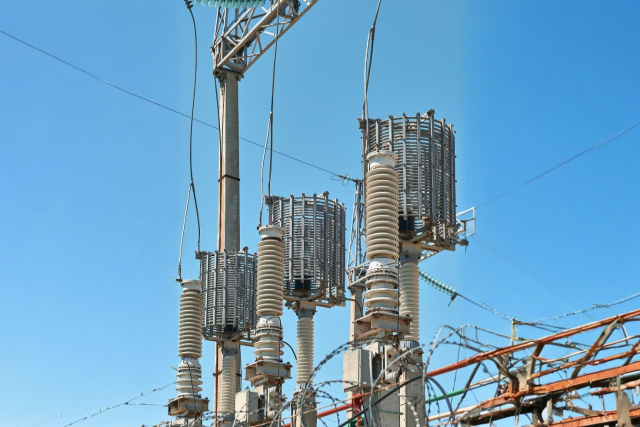
Power transformers are the nerves of our electrical distribution systems, which plays a vital role in the long-distance transmission of power. It makes sure the voltage level for safe, efficient, and proper delivery of electrical energy. As any machine requires constant attention to have the best usage and to avoid expensive failure, so also is the transformer. Power transformer maintenance is essential for ensuring uninterrupted power supply but also for the life extension of critical assets.
Understanding the Importance of Power Transformer Maintenance
Power transformers are continuously subjected to stressing conditions because of the variation in the demand for the load, exposure to environmental agents, and the ageing process of the components. Proper transformer maintenance prevents unwarranted failures, reduces system downtime, and increases the length of service from a transformer.In addition to this, properly maintained transformers would operate with minimum loss and assure stability in supply.
Regular maintenance lets utilities detect potential problems early, so small problems do not become enormous repair jobs or potentially hazardous breakdowns. In a critical system like power distribution, maintaining transformers by proactive preventive means can generate considerable cost savings, enhance safety, and ensure more reliable service to end consumers.
Power Transformer Lifecycle Management: From Installation to Retirement
While the lifecycle of a power transformer is measured in decades, its performance degrades over time - much like every other electrical equipment. Effective lifecycle management helps utilities plan for each phase of the transformer’s life, from installation to decommissioning.
Installation and Commissioning: The first step in lifecycle management is proper installation. Transformers must be installed according to manufacturer guidelines, ensuring that the right cooling systems, protection devices, and other components are properly configured.
Operational Phase: Transformers should be regularly monitored once operational to ensure they are working efficiently and without any problems.
End-of-life and Decommissioning: the last activity for the end when the operational transformer has lived. This means retiring the transformer while ensuring a proper decommissioning process where any valuable component would be recovered while the new set of transformers takes over the responsibility.
Transformer oil used for cooling and insulation in transformer can deteriorate with time and lose its functionalities due to dirt or moisture getting inside the system. Oil test can help alert one about too much water present in it, dissolved gases may be present within it, due to internal defects like overheating or electrical sparking.
Insulation Resistance Testing: It is the insulation that makes it safe to use a power transformer. Regular tests of insulation identify the weaknesses; they may contain moisture or may be deteriorating and can result in short circuits or failure of transformers.
Maintenance on Tap Changers: Tap changers are actually the ones to regulate the voltage of the transformer in order for the right amount of voltage is achieved. Therefore, they have to be periodically checked, greased, and tested to maintain a smooth working process since improper working tap changers can easily cause voltage instability.
Thermal Imaging: Infrared thermography is non-invasive and a technique for seeking hot spots within the transformers. Temperature differences can indicate bad electrical connections, internal faults or overheating, and can be addressed early on before it becomes a critical problem.
Optimization of Power Transformer Performance
Thus, optimizing transformer performance ensures that it runs as an efficient system possible without causing unneeded wear and tear.Some of the strategies for improving transformer performance include the following:
Load Management: Proper load management can prevent overloading, which is one of the most common causes of transformer failure. Utilities can prevent overheating and overloading that may damage the equipment by closely monitoring load conditions and ensuring the transformer isn't running beyond its rated capacity.
Optimizing Voltage Regulation: Ensuring the transformer is appropriately sized for its load helps avoid under-voltage or over-voltage situations that can affect performance and lifespan. Installing voltage regulation devices and making periodic adjustments can help optimize performance.
Load testing: Regular subjecting of the transformer to load tests may assist in knowing the ability of a transformer to adapt to electrical loads at various times.
Application of Diagnostic Tools for Effective Transformer Maintenance
Some of the most important diagnostic tools include:
Partial Discharge Testing: Partial discharge (PD) testing identifies small electrical discharges within the transformer that may not cause immediate failure but can lead to long-term damage. Detecting PD early can prevent costly failures and extend the transformer’s life.
Gas-in-Oil Analysis: Analysis of gases in oil is one test that can be done in transformer oil by checking the presence of dissolved gases. The occurrence of some dissolved gases, including acetylene or methane, indicates overheating or electrical arcing inside a transformer.






